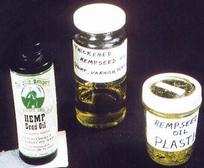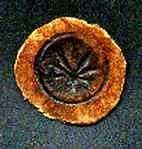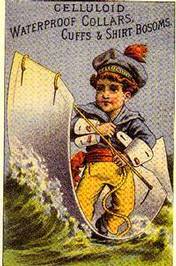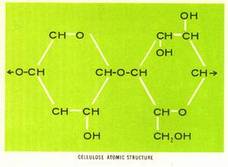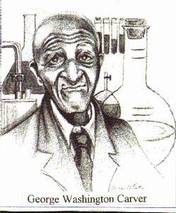 
USA ヘンプ・ミュージアム
 館長から皆さまへ
館長から皆さまへ ヘンプの歴史
ヘンプの歴史 ヘンプと農業
ヘンプと農業 ヘンプの医療と健康
ヘンプの医療と健康 ヘンプ食品
ヘンプ食品 ヘンプ織物
ヘンプ織物 ヘンプ縄と糸
ヘンプ縄と糸 ヘンプパルプ紙
ヘンプパルプ紙 ヘンプ建材
ヘンプ建材 ヘンプ燃料
ヘンプ燃料 ヘンプ原料
ヘンプ原料 ヘンプ溶剤
ヘンプ溶剤  ヘンプ・プラスチック
ヘンプ・プラスチック ヘンプ・プラスチック
ヘンプ・プラスチック フォード・プラスチック・カー
フォード・プラスチック・カー 自家製プラスチック
自家製プラスチック  ヘンプと環境
ヘンプと環境 ヘンプと娯楽と精神世界
ヘンプと娯楽と精神世界 ヘンプと法律
ヘンプと法律 ヘンプと政治
ヘンプと政治 ヘンプ貢献者
ヘンプ貢献者 ミュージアム図書館
ミュージアム図書館 Topに戻る
Topに戻る |
|
"Anything that can be made from hydrocarbons (oil, coal, natural gas), can be made from carbohydrates (plant material)." - source unknown. The above quote is again important because it dispels the notion that we are dependent upon fossil fuels (oil, coal, natural gas) for fuels, plastics and chemical feed-stocks in industry.
The History Channel on cable television had a special show titled: "PLASTIC." From this show came this general recipe for celluloid plastic: Cellulose + Camphor (solvent) + Nitric Acid (NO3) How does the hemp plant fit into the plastic scheme? The white hemp hurds (shown left) or sticks left when the fiber has been removed are 77% cellulose and are 6 times the weight of the fiber. Hemp is the most efficient crop for biomass and cellulose worldwide.
In 1869, the Hyatt brothers, in America, developed Cellulose Nitrate into a workable plastic mass they patented. Called Celluloid it was first used for billiard balls, dental plates, and collars and cuffs for shirts.
Toys, lampshades, vacuum cleaner parts, combs, shoe heels...portable radio cases, pipe, tubing, tool handles, appliance housing...telephone hand sets, pens, pencils, edge moldings on cabinets...flashlights, frames, heel covers, fabric coating, outdoor movie speakers, knobs...electrical parts, packaging material, electrical insulation, photographic film, outdoor and indoor signs...telephone wires, steering wheels automobile arm rests, football helmets, pistol grips...business machine keys, toothbrush handles, fish net floats, fishing lures, hearing aid parts... optical frames, floor sweeper parts, furniture trim, luggage, military applications.
Topics to write on: Some special words to look up are Parksine, Bakelite, Celluloid. Early plastic was created to replace Ivory, Tortoise shell, and other natural substances. George Washington Carver, Hemp: Lifeline... p. 82, 98,
|

